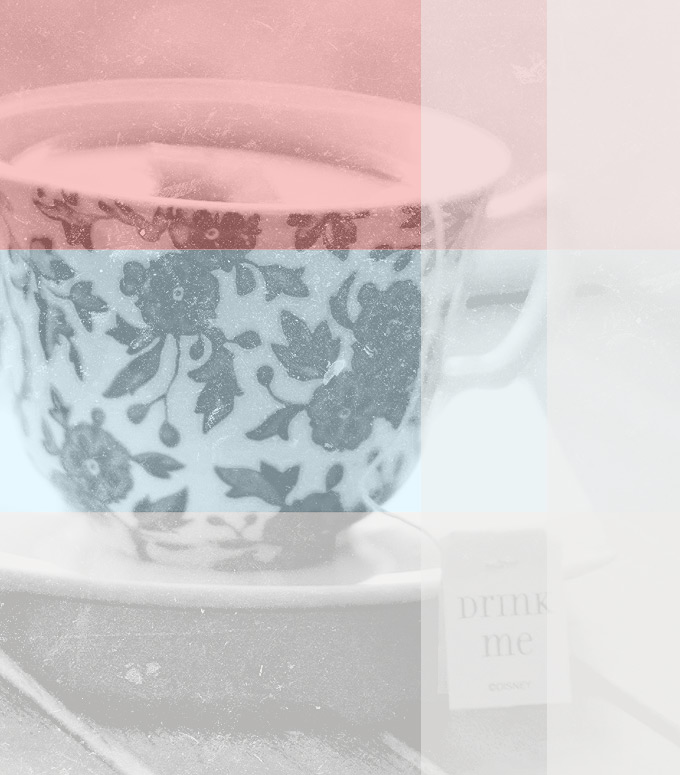Or maybe you should. As consumer options grow limitless, design decisions become more crucial to ensure your brand communicates the right message. Knowing the goals and priorities of your audience ensures that you are communicating in a way they will hear and respond.
One of my favorite hobbies is to walk down the tea aisle–not only because I love tea, but also because I love tea packaging. It’s easy to see how the tea companies use different strategies to attract different consumers. I took the nine most popular teas (ranked by voters) and made my own ranking and conclusions based on the overall design of each package* and how they appeal to shoppers:
9. Bigelow

Audience: The Quick Shopper
Bigelow is a trusted brand, but the numerous fonts and colors make this package and branding feel disjointed. But if you’re in a hurry, you know what to expect with Bigelow.
8. Twinings

Audience: The Europhile
This package is missing clear messaging on why you should buy chamomile tea. It’s also strange that the picture shows clear water instead of tea. On the other hand, this tea is clearly from London, and the English do know their tea.
7. Lipton

Audience: The Bulk Buyer
Lipton is the favorite brand of many, due to familiarity. While Lipton does not use a color scheme to induce the desire for tea, they do leverage their brand recognition. Most stores also carry boxes of 100+ Lipton tea bags, so it’s easy to stock up.
6. Tetley

Audience: The Complacent
The logo does not feel cohesive with the package design, but Tetley does a good job of using clear and concise messaging that most buyers will be able to understand.
5. The Republic of Tea

Audience: The Adventurous
While the branding and imagery on these packages are not outstanding, they do stick out because they are a different shape and material than all the other tea boxes. So if a buyer is looking for something new, they’ll quickly spot one of these tins.
4. Traditional Medicinals

Audience: The Nature-Lover
These boxes do something different–they really focus on the helpful effects of each tea. This reminds buyers that teas can often provide natural remedies for minor problems. The organic and fair trade logos at the bottom also remind buyers that they may want to pay more for a socially- and environmentally-conscious brand.
3. Tazo

Audience: The Minimalist
These packages often show what the tea comprises in an artful way. Because it shows the parts deconstructed, it helps the buyer see the value in each tea. The minimal look also feels refreshing.
2. Harney & Sons

Audience: The Old-Fashioned
These packages mimic the traditional designs you could find centuries ago. Each box has an antiquated color scheme, along with an illustration of what the product looks like. It’s a perfect balance between vintage and modern design.
1. Celestial Seasonings

Audience: The Artist
Sleepytime® tea has been around since 1972, but this brand just introduced a new and impressive redesign. The new logo manages to modernize the brand’s classic old world feel. The type of tea, along with the fact that it is herbal, is very clear, and the illustration is colorful and inspiring.
Conclusion
While you can’t draw concrete conclusions based on rankings and package design, you can still learn from the choices these tea companies made. One takeaway is the importance of keeping your target audience in mind when making design decisions. Consider their goals and priorities and make logical design decisions based on those. If you’re trying to engage the nature-lover, show your environmentally conscious selling points front and center. If you want to draw in the adventurer, you may want to do something new and exciting to break the mold. With the tea aisle, Amazon, and more, consumers and clients will only be choosing from a growing number of options. Design and presentation could easily be the deciding factor in whether or not they use your product or service!
*To keep things consistent, I looked at the chamomile package of each tea. Fun fact: since these are actually herbal, and do not contain tea leaves, they are all technically tisanes.
